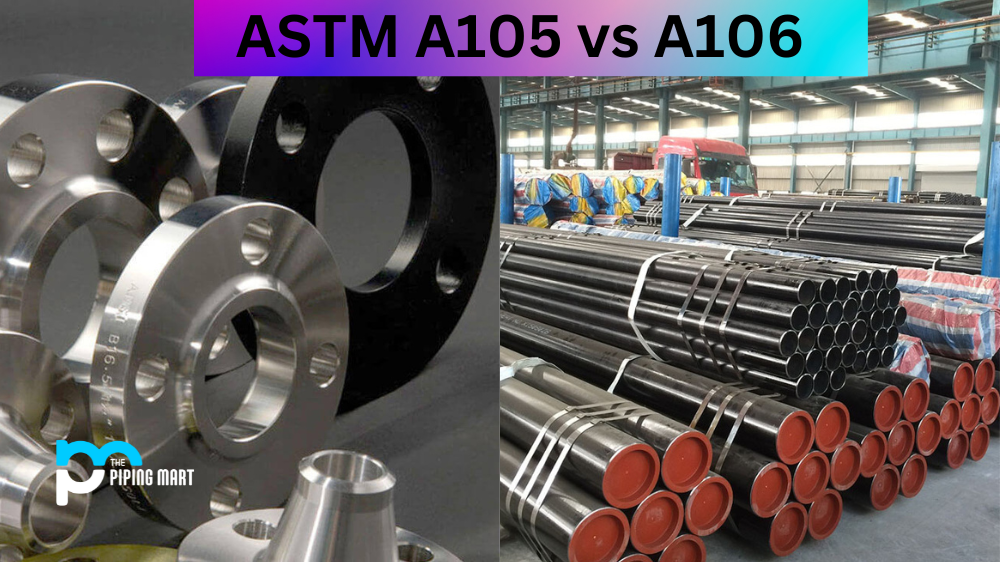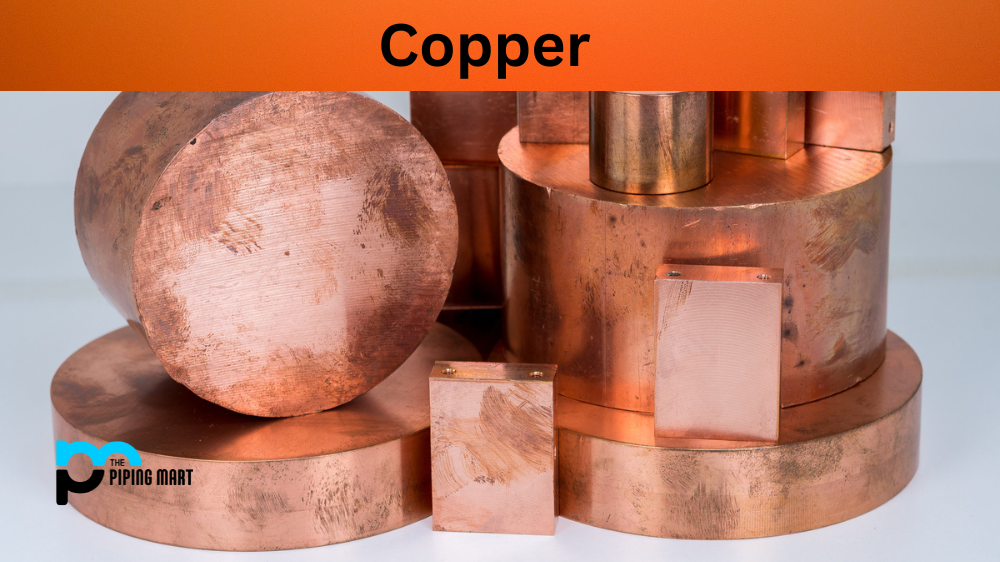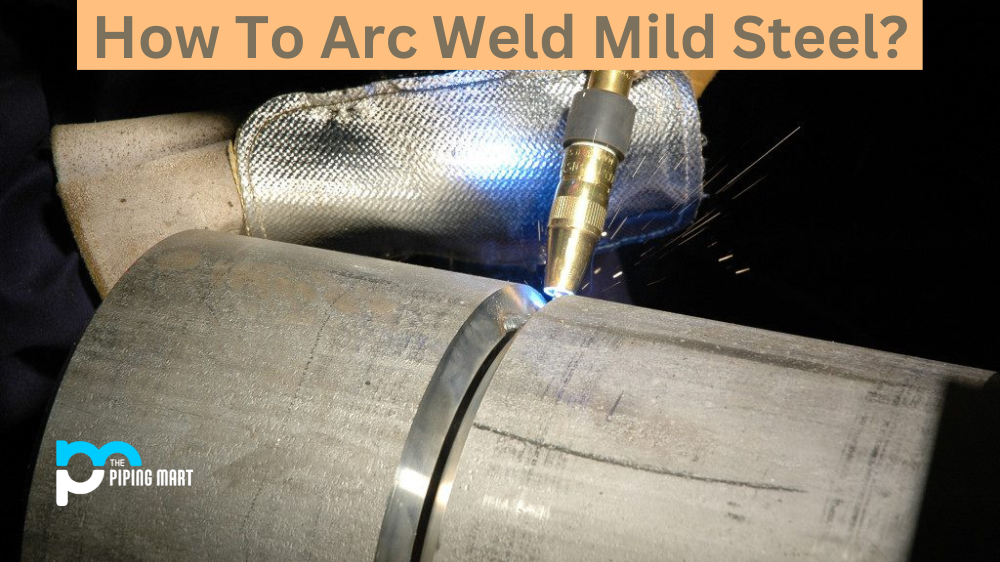When it comes to pipes and fittings for industrial applications, selecting the right type of steel is crucial. This is where the American Society for Testing and Materials (ASTM) comes into the picture. It provides various standards for steel products to ensure their strength, durability, and safety.
Two of the most commonly used ASTM standards for carbon steel piping are A105 and A106. While both standards belong to the same material category, there are slight differences between them. Understanding these differences can help you make an informed decision for your next industrial project. This blog will explore the basic difference between ASTM A105 and A106 and how they can impact your piping project.
Difference Between ASTM A105 and A106
Chemical Composition
ASTM A105 and A106 contain similar chemical compositions of carbon, manganese, phosphorus, sulfur, and silicon. However, the percentage of each element is different in A105 and A106 according to their standards.
ASTM A105 is a forged carbon steel with a maximum carbon content of 0.35%, while A106 is a seamless carbon steel pipe with a full carbon content of 0.30%. Hence, the chemical composition gives A105 a slightly higher tensile strength and yield point, whereas A106 offers better flexibility.
Manufacturing Method
ASTM A105 fittings are manufactured by forging, while A106 pipes are produced through a seamless manufacturing process. This means that A106 pipes do not have a welded seam, making them ideal for high-pressure or high-temperature applications where welds can fail.
On the other hand, removing the seam in A106 pipes reduces the wall’s thickness, resulting in a lower tolerance for bending. In comparison, A105 fittings can be bent or forged into complex shapes, making them perfect for manufacturing various industrial fittings.
Temperature Limitations
ASTM A105 provides a reliable source of various temperature ratings with the required reports and testing. It is designed to withstand temperatures from -29°C to 537°C. This characteristic makes ASTM A105 fittings ideal for high-heat applications and industrial settings where components are exposed to high temperatures.
In comparison, ASTM A106 is recommended for temperatures below 450°C because it is less heat-resistant. The maximum operating temperature for A106 pipes is around 425°C.
Cost
Regarding cost, ASTM A105 fittings are generally more expensive than A106 pipes. This is mainly because of its extra strength and stability to withstand higher-pressure systems.
However, the overall cost of your project will depend on various factors, such as manufacturing, transportation, and installation costs, amongst others. Hence, evaluating your industrial project’s requirements is essential before selecting a material.
Conclusion
In conclusion, it is vital to consider the differences between ASTM A105 and A106 when choosing piping materials for your industrial project. Depending on your specific requirements, one material may be more suitable. While there are similarities between ASTM A105 and A106, including their chemical compositions and applications, each offers unique properties concerning manufacturing methods, temperature limitations, and costs that may dictate which one to choose. Overall, consider which material will provide better strength, durability, and reliability for your project and select accordingly.

Pipingmart is a B2B portal that specializes in metal, industrial and piping items. Additionally, we share the latest information and information about materials, products and various types of grades to assist businesses that are involved in this business.




